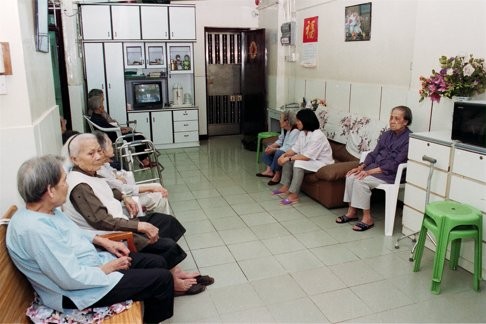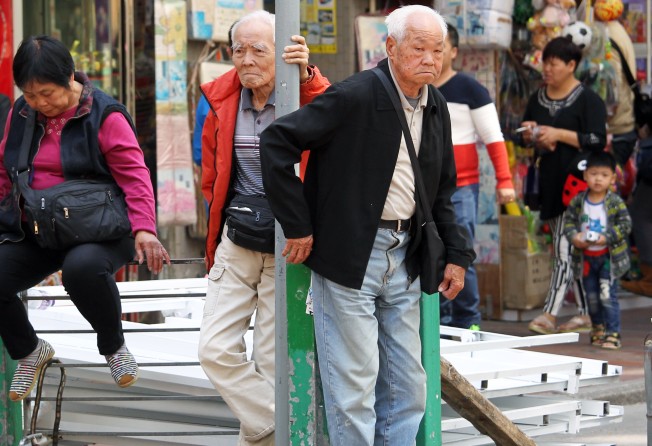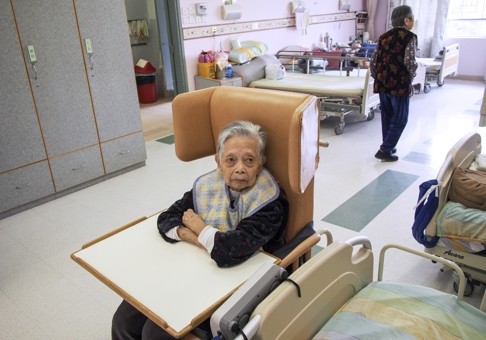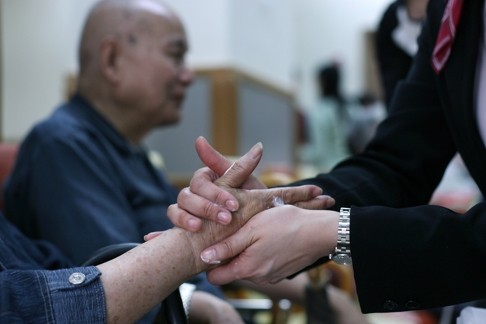
With a lack of carers in Hong Kong, who will look after us as we grow older?
Mimi Zou and Jennifer Lee Shoy say our ageing society means the problem of labour shortages in residential homes is likely to get worse, and this will put the quality of care at risk

Although the Hong Kong administration has been promoting a policy of “ageing in place” to encourage the elderly to live at home, there is an ever-increasing demand for residential care homes. According to the Elderly Commission’s report in 2009, Hong Kong’s institutionalisation rate for those aged 65 or above was 7 per cent, far higher than in mainland China (1 per cent), Taiwan (2 per cent), Japan (3 per cent) or Singapore (2.3 per cent).
By 2041, our elderly population is expected to rise to 2.56 million (or over 30 per cent of the population). Our labour force is projected to shrink to 3.51 million by 2035. This highlights the need to develop a coherent framework of elderly care policies and regulations to meet not only existing challenges but what lies ahead.

While discussion of institutional elderly care has focused on the availability of places, funding and standards, an underexamined but important issue is the workforce providing such care. The Director of Audit’s 2014 report noted that “manpower shortage” is a major problem facing many care homes in the private sector.

Staffing shortages have prompted policymakers to consider other options, including migrant workers
Staffing shortages have prompted policymakers to consider other options, including migrant workers. Private care homes are permitted to recruit such workers to serve elderly residents in non-subsidised residential care service places. But there is hardly any available data on the number of migrant care workers employed in elderly care homes. One Legco source in 2011 indicated that private care homes employed around 4,950 workers, of which 934 were migrants.

Other developed countries with an “elderly care crisis” highlight how public spending constraints and precarious employment conditions can affect acute labour shortages in elderly care. The gap between supply and demand can be linked to the low level of wages and poor conditions that many local workers are unlikely to accept.
Labour shortages in Hong Kong’s elderly care homes cannot be addressed in an ad hoc fashion. The current focus on increasing residential care places must be widened to include the question of how the care homes will be staffed. While the 2016 policy address referred to increasing the supply of subsidised residential care places and improving service quality, it failed to specifically address staffing. The problem of labour shortages will only worsen unless it is addressed as part of a comprehensive policy framework.
Professor Mimi Zou and Jennifer Lee Shoy are undertaking a research project on elder law in Hong Kong at the Faculty of Law, Chinese University of Hong Kong